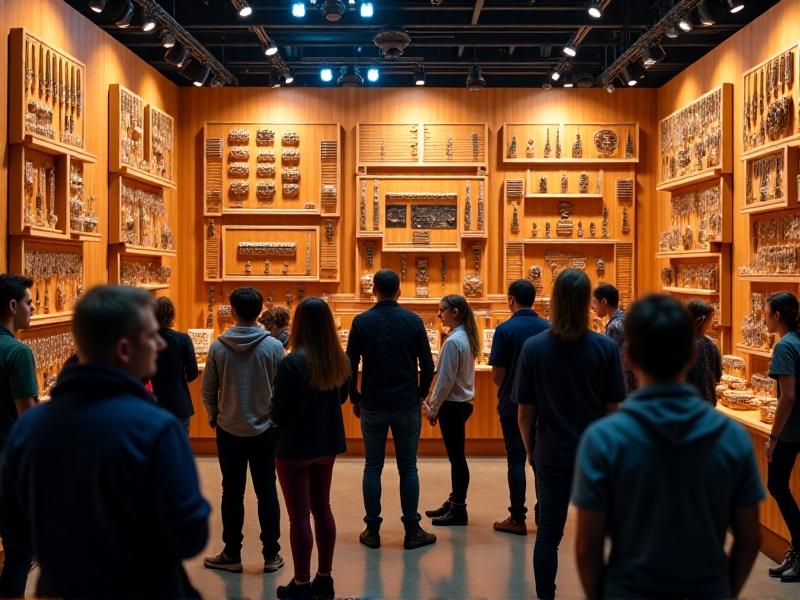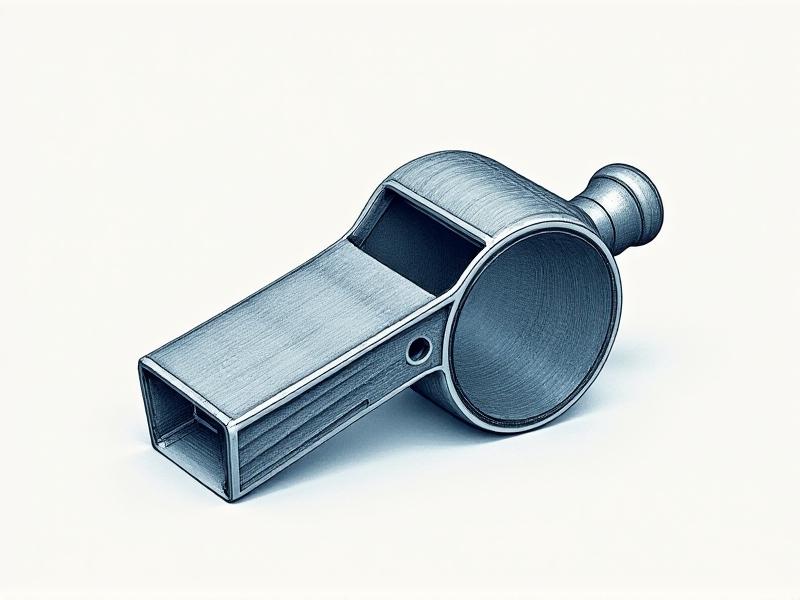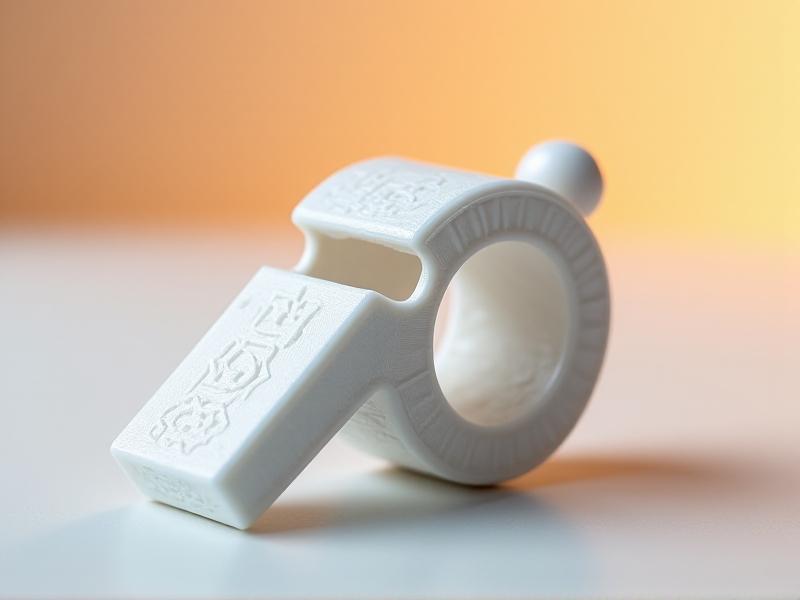Preservation Techniques for Antique Steam Whistle Integrity
Understanding the Importance of Antique Steam Whistles
Antique steam whistles are more than just relics of the past; they are historical artifacts that tell the story of industrial evolution. These whistles, often made of brass or copper, were integral to the operation of steam engines, signaling shifts, starts, and stops in factories, trains, and ships. Their unique sound and design make them valuable to collectors and historians alike. Preserving these whistles is not just about maintaining their physical appearance but also about safeguarding a piece of our industrial heritage.
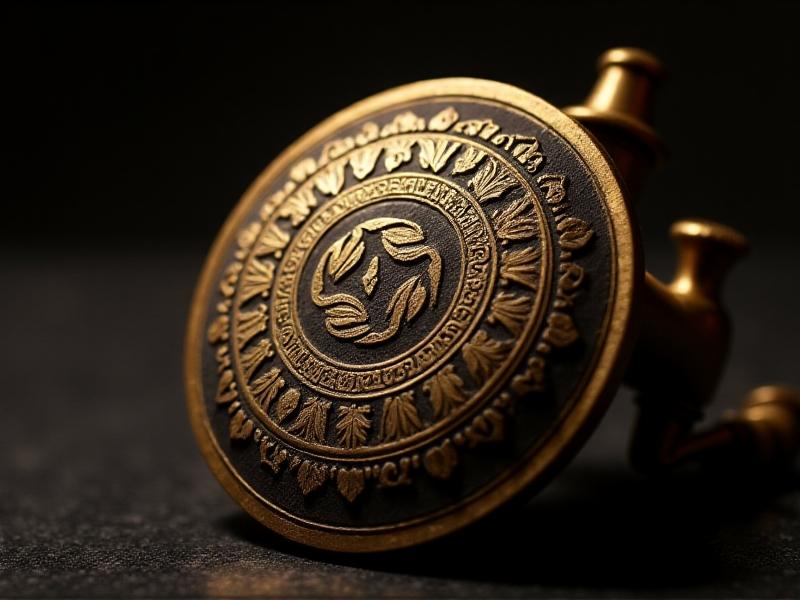
Identifying Common Issues in Antique Steam Whistles
Over time, antique steam whistles can suffer from a variety of issues that compromise their integrity. Corrosion is one of the most common problems, especially for whistles made of brass or copper. Exposure to moisture and air can lead to the formation of patina, which, while sometimes desirable, can also cause structural weakening. Cracks and dents are another concern, often resulting from improper handling or storage. Additionally, internal mechanisms can become clogged with dirt or rust, affecting the whistle's functionality. Identifying these issues early is crucial for effective preservation.

Cleaning Techniques for Antique Steam Whistles
Proper cleaning is essential for maintaining the integrity of antique steam whistles. However, it's important to approach this task with care to avoid causing further damage. For brass and copper whistles, a mild soap solution and a soft cloth can be used to remove surface dirt. Avoid using abrasive materials or harsh chemicals that can strip away the metal's natural patina. For internal cleaning, a small brush or compressed air can help remove debris without damaging the delicate mechanisms. Always ensure the whistle is completely dry after cleaning to prevent moisture-related issues.
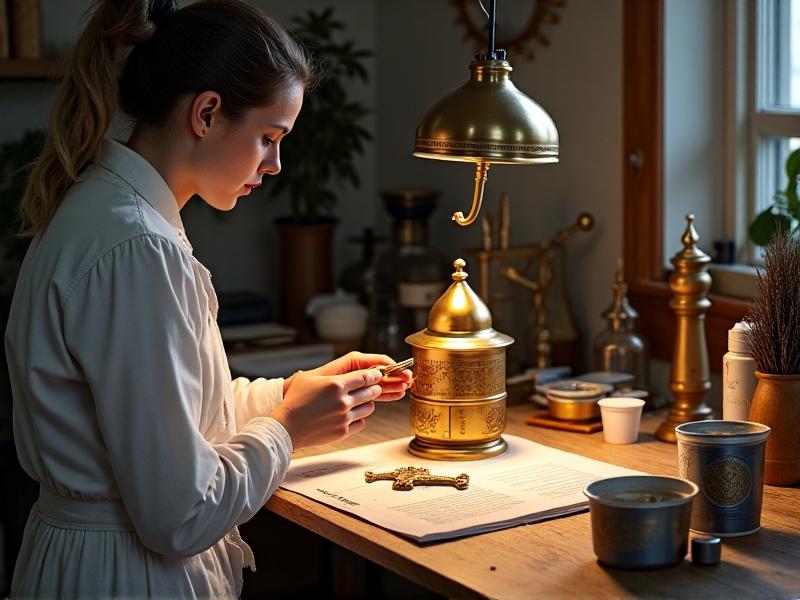
Preventing Corrosion and Rust
Preventing corrosion and rust is key to preserving antique steam whistles. One effective method is to apply a thin layer of protective wax or oil to the metal surface. This creates a barrier against moisture and air, reducing the risk of corrosion. Storage conditions also play a crucial role; whistles should be kept in a dry, climate-controlled environment away from direct sunlight. Using silica gel packets in storage areas can help absorb excess moisture. Regular inspections can catch early signs of corrosion, allowing for timely intervention.
Repairing Cracks and Dents
Repairing cracks and dents in antique steam whistles requires a delicate touch. Small cracks can often be filled with a metal epoxy that matches the whistle's material. For larger cracks or dents, professional restoration may be necessary. It's important to use materials and techniques that are compatible with the original construction to maintain the whistle's authenticity. Always test any repair method on a small, inconspicuous area first to ensure it doesn't cause further damage. Properly executed repairs can restore both the appearance and functionality of the whistle.
Maintaining Internal Mechanisms
The internal mechanisms of antique steam whistles are often the most delicate part of the artifact. Regular maintenance is essential to keep these mechanisms in working order. Lubricating moving parts with a suitable oil can prevent friction and wear. It's also important to check for any signs of rust or debris that could impede functionality. If the whistle is no longer in use, periodic testing can help ensure that the mechanisms remain in good condition. Proper maintenance not only preserves the whistle's functionality but also its historical value.
Storage Solutions for Antique Steam Whistles
Proper storage is crucial for the long-term preservation of antique steam whistles. Ideally, whistles should be stored in a climate-controlled environment with stable temperature and humidity levels. Using padded storage boxes or custom foam inserts can protect the whistle from physical damage. It's also a good idea to wrap the whistle in acid-free tissue paper to prevent tarnishing. Avoid stacking or placing heavy objects on top of stored whistles, as this can cause dents or cracks. Thoughtful storage solutions can significantly extend the life of these historical artifacts.
Displaying Antique Steam Whistles
Displaying antique steam whistles can be a great way to showcase their beauty and historical significance. However, it's important to choose the right display method to avoid causing damage. Glass display cases with UV protection can shield the whistle from dust and harmful light. Mounting the whistle on a stable, non-reactive stand can prevent accidental falls. Regular dusting and cleaning of the display area can help maintain the whistle's appearance. Thoughtful display not only enhances the whistle's aesthetic appeal but also allows others to appreciate its historical value.
Consulting Experts for Preservation
When it comes to preserving antique steam whistles, consulting experts can provide valuable insights and guidance. Professional conservators have the knowledge and tools to handle delicate restoration tasks, from repairing cracks to cleaning internal mechanisms. They can also offer advice on long-term preservation strategies tailored to the specific needs of the whistle. Joining collector groups or forums can also be beneficial, as it allows for the exchange of tips and experiences. Expert consultation ensures that preservation efforts are both effective and respectful of the artifact's historical integrity.
The Role of Documentation in Preservation
Documenting the condition and history of antique steam whistles is an essential part of preservation. Detailed records, including photographs, descriptions, and any restoration work done, can provide valuable information for future caretakers. This documentation can also help in identifying any changes or issues that may arise over time. Keeping a log of maintenance activities, such as cleaning and repairs, can ensure that the whistle remains in good condition. Proper documentation not only aids in preservation but also adds to the historical value of the artifact.
Conclusion
Preserving antique steam whistles is a rewarding endeavor that requires careful attention to detail and a deep respect for historical artifacts. By understanding the importance of these whistles, identifying common issues, and employing effective preservation techniques, we can ensure that these pieces of industrial history remain intact for future generations. Whether through cleaning, repairing, or proper storage, every effort counts in safeguarding the integrity of antique steam whistles. Let us continue to cherish and protect these remarkable artifacts, preserving their legacy for years to come.

